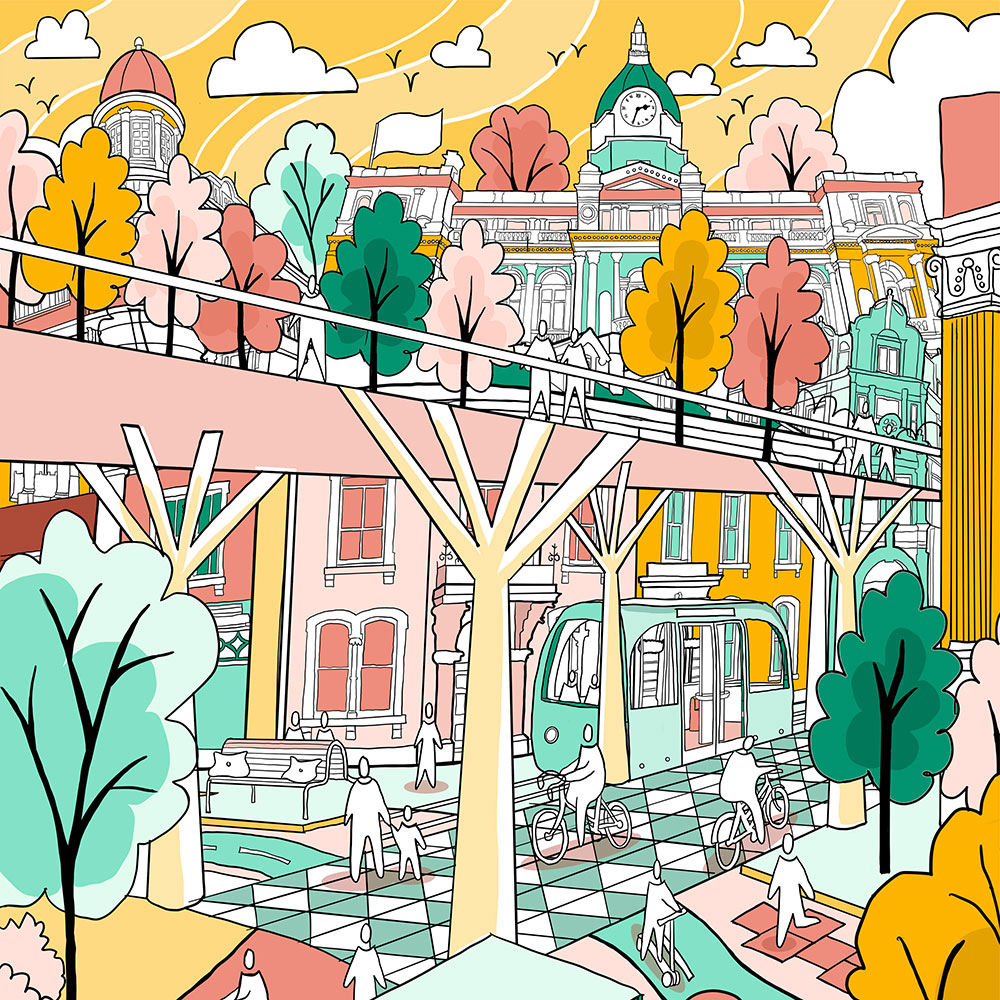…it’s an outrage that a man in Glasgow has on average less than 10 years of life than someone growing up on this planet in Hart in Hampshire … for too many people Geography turns out to be destiny.Transcript of PM Boris Johnsons’ ‘Levelling up’ speech 15/07/2021
Levelling up, building back better, what comes after the COVID crisis? The new normal is already old news, but how many news cycles before practicing aversion to human contact becomes only a memory? And what about the crisis before the present one - the financial crisis, the crisis of austerity? £856bn of UK quantitative easing later, everything still seems to be carrying on - which means for the most vulnerable and marginalised the blows just keep landing. The current crisis is not a one off, it’s an enduring trend, a continuing global fetishisation of financial capital. Valuing human existence with dollar signs means that some people simply matter more than others. If the system decides you were born in the ‘wrong’ place, body or identity then you will almost certainly suffer a shorter, harder life – ‘Geography becomes destiny’. Johnson’s ‘outrage’ at the impact of health inequality prompts modest infrastructure improvements and subsidies for developers rather than improving education or social care for even the most vulnerable. For those with limited or no access to capital, now and increasingly, all around the world, community economies are the only refuge from structural disadvantage. All at least agree that physical place, social position and economic power together have a decisive effect on the length and quality of our lives. How can places, citizens and architects challenge destiny? And, after even more of the same crisis, what then?
#ANDPLAN
This year all AND architecture cohorts investigated the spatial implications of structural discrimination in relation to discussions of levelling up. They have worked collaboratively across the cohorts. MArch1 and MLA2 and BA3 addressed the experience of a wide range of marginalised groups in the context of Burnley – (classified as a high priority for UK levelling up funding). All students have considered their work as a contemporary response to the 1969 MANPLAN produced by the Architectural Review magazine and published as a series of 8 issues: ‘a humanist manifesto, MANPLAN focused not on buildings, but on people, and not as individuals, but as a society’.
MArch2 Studio 1,2,3
MArch2 students have individually explored the defining role our creative processes can take in the generation of more inclusive spaces, cities and futures. Developing their own research questions and bespoke design research methodologies they have iteratively developed design approaches, urban scenarios and spatial strategies responding to issues of structural discrimination across 8 research themes covering aspects of 1. Class, 2. Gender, 3. Digital technology, 4. Race and identity, 5. Neurological and physical embodiment, 6. Housing equity, 7. Urban trauma, 8. Migration and exploitation. Each of the groups have curated individual research questions to form a focussed and spatialised ANDPLAN response to issues of enduring structural disadvantage and systemic discrimination.


